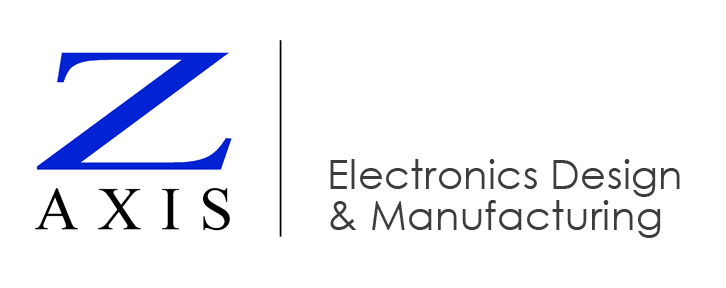In a previous video we discussed why through-hole components are needed in many printed circuit board assemblies. Today we’ll look at how they are inserted into the boards, using two different techniques. Watch this Through Hole Component Insertion video to learn more.
Manual insertion
For manual insertion, parts are purchased on reels or in bulk packaging. The leads have to be trimmed, and then the parts inserted into the board by hand. The board is run though the wave solder to make the mechanical and electrical connections.
Automated insertion
You’ll see automated insertion where the volume of PCB assembly is high enough to justify the six-figure investment in equipment.
Parts are purchased as tape and reel, or tape in box (also called “ammo” pack). This insertion machine automatically trims the leads, checks for the correct part value and polarity, Inserts the part, and clinches it into place.
The clinch adds mechanical strength and ensures direct contact between the lead and plating on the hole. This yields a more reliable solder joint than manual insertion, where parts are loose until soldering.
In this through-hole stuff line at Z-AXIS, we use both automated and manual insertion. Our radial insertion machine can handle parts with two or three leads, and standard lead spacings of 2.5 , 5 , and 7.5 millimeters.
Other parts will be placed manually: Those that are too large for the insertion machine or that aren’t available on tape. These are often transformers, larger capacitors, and connectors.
Higher throughput, lower labor costs
Contract manufacturers with automated insertion capabilities can deliver higher throughput, higher quality, and lower labor costs for through-hole and mixed technology PCB assemblies.
Learn more
Related video: Why through-hole PCBs?
Made in the USA: PCBA contract manufacturing capabilities
